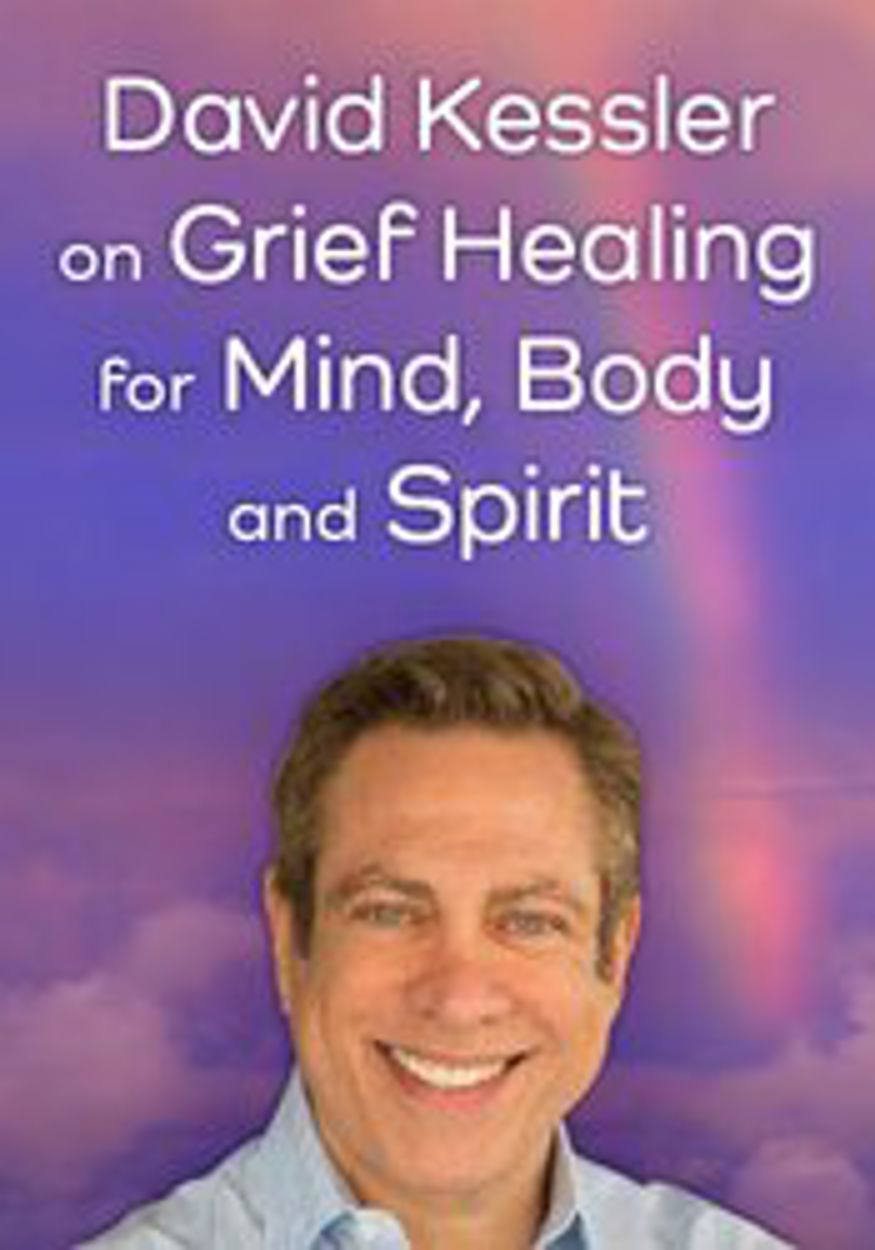Transforming Anger and Fear into Fuel for Healing: A Mind-Body Approach for Therapists

As therapists, we often see clients struggling with overwhelming emotions such as anger and fear, especially in the face of grief and loss. While these emotions can feel consuming and even destructive, they also hold immense potential for healing when channeled properly.
Grief and trauma are not just psychological experiences—they live in the body. As Paul Denniston says, emotions that remain unexpressed can become stored in physical tension, leading to chronic pain, shallow breathing, or postural changes. Many clients may not even realize where they are holding grief until they are guided to explore it somatically.
Some common areas where grief manifests physically include:
1. Grounding Through Breathwork
Encourage clients to focus on three fundamental grounding techniques:
2. Expressing and Releasing Suppressed Emotions
To help clients move through stuck anger or fear, consider incorporating:
The mind and body are deeply interconnected in the healing process. When you integrate movement, breath, and mindful awareness into grief work, you offer clients a more holistic approach to processing their pain. By transforming anger into strength and fear into insight, your clients can reclaim agency over their emotions and move toward a place of greater healing and empowerment.
You don’t have to be yoga instructors or movement specialists to incorporate these techniques. Simply inviting clients to notice where they hold tension, guiding them through simple breathwork, and allowing space for movement-based expression can make a profound difference.
Ultimately, grief is not about erasing pain—it’s about learning how to carry it with more love than suffering. Through these practices, you can help clients not just survive their grief, but transform it into fuel for growth and healing.
Grief and trauma are not just psychological experiences—they live in the body. As Paul Denniston says, emotions that remain unexpressed can become stored in physical tension, leading to chronic pain, shallow breathing, or postural changes. Many clients may not even realize where they are holding grief until they are guided to explore it somatically.
Some common areas where grief manifests physically include:
- The jaw (from unexpressed emotions or repression)
- The throat (difficulty speaking about loss)
- The chest (heartache, sadness, broken heart syndrome)
- The shoulders (the weight of loss)
- The hips (repressed trauma and emotion)
Using Breath and Movement to Regulate Emotions
When clients experience intense anger or fear, their nervous system enters a heightened state of fight-or-flight. Traditional talk therapy may not be enough to help them regulate these emotions. Instead, integrating somatic techniques can provide an immediate sense of grounding and empowerment.1. Grounding Through Breathwork
Encourage clients to focus on three fundamental grounding techniques:
- Rooting: Have clients notice their feet pressing into the ground or their sit bones on a chair, reinforcing stability.
- Centering: Placing hands on the belly while taking deep breaths helps regulate the nervous system.
- Deep Belly Breathing: Slow, deep breaths signal safety to the body and can counteract shallow, anxious breathing patterns.
A simple guided breath practice:
- Inhale deeply through the nose, expanding the belly.
- Exhale slowly through the mouth, releasing tension.
- Repeat for several cycles, focusing on the connection between body and breath.
2. Expressing and Releasing Suppressed Emotions
To help clients move through stuck anger or fear, consider incorporating:
- "Breath of Courage" Exercise: Clients inhale deeply while lifting their arms overhead, then exhale powerfully while bringing their arms down to their ribs, engaging the diaphragm.
- "Breaking the Chains" Movement: Clients extend their arms forward, then forcefully pull them back while making a sound, mimicking breaking free from emotional suppression.
- "The Wood Chopper" Exercise: Clients imagine holding an axe, inhale deeply, and exhale forcefully as they bring their arms down, symbolizing the release of built-up tension.
Reframing Anger and Fear as Transformative Forces
Clients often struggle with viewing anger and fear as "negative" emotions. However, when acknowledged and expressed constructively, these emotions can become powerful catalysts for healing.- Anger as a Source of Strength: Instead of suppressing anger, you can guide clients to see it as an energy source that can propel them toward self-advocacy, boundary-setting, and action.
- Fear as a Messenger: Fear often signals areas where healing is needed. By acknowledging fear rather than avoiding it, clients can gain insights into their deeper wounds and begin the work of transformation.
Encouraging Clients to Stay in Their Own Grief Process
Clients often get stuck comparing their grief to others or trying to manage someone else’s emotions. It is crucial for clients to stay in their own grief rather than focusing on how others are grieving. To help them stay focused, you can introduce your clients to the three "lanes":- Your lane – Your own grief process and healing journey.
- Others’ lane – How others experience grief, which is out of your control.
- God’s lane (or the Universe’s lane) – The larger forces of life and death that no one can control.
The mind and body are deeply interconnected in the healing process. When you integrate movement, breath, and mindful awareness into grief work, you offer clients a more holistic approach to processing their pain. By transforming anger into strength and fear into insight, your clients can reclaim agency over their emotions and move toward a place of greater healing and empowerment.
You don’t have to be yoga instructors or movement specialists to incorporate these techniques. Simply inviting clients to notice where they hold tension, guiding them through simple breathwork, and allowing space for movement-based expression can make a profound difference.
Ultimately, grief is not about erasing pain—it’s about learning how to carry it with more love than suffering. Through these practices, you can help clients not just survive their grief, but transform it into fuel for growth and healing.
FREE Virtual Training: 2-Day 2025 Grief Forum Summit with David Kessler

The 2025 Grief Forum is filled with the best and most sought-after grief experts in the world to show you how to confidently work with grief and loss. This FREE training will provide you with practical tools and strategies to support clients dealing with loss. You will learn to differentiate between grief and depression, address various types of loss, and apply effective interventions to facilitate healing.
Register to attend FREE above! Then UPGRADE and get up to 8 LIVE CE credits ($559.92 value), a copy of David Kessler’s Finding Meaning Grief Workbook with free shipping, and Erica Sirrine’s popular Grief Certification Training - up to 6 more CE credits included!
Register to attend FREE above! Then UPGRADE and get up to 8 LIVE CE credits ($559.92 value), a copy of David Kessler’s Finding Meaning Grief Workbook with free shipping, and Erica Sirrine’s popular Grief Certification Training - up to 6 more CE credits included!
David Kessler on Grief Healing for Mind, Body and Spirit

In this incredible course, you'll learn with bestselling author and one of the most celebrated voices in grief work of all time, David Kessler, and Paul Dennison, creator of Grief Yoga, how to heal grief through the mind and body connection.
You'll experientially learn breathing, movement, sound, and yoga techniques that you can integrate into therapy to meet diverse client needs. These adaptable body-based interventions will quickly bring relief, comfort, and light into the lives of your clients.
PLUS, when you register now, you'll get FREE bonus trainings on the intersection of grief and addiction, the art of "remembering well," and a deeply personal article on grief and love.
You'll experientially learn breathing, movement, sound, and yoga techniques that you can integrate into therapy to meet diverse client needs. These adaptable body-based interventions will quickly bring relief, comfort, and light into the lives of your clients.
PLUS, when you register now, you'll get FREE bonus trainings on the intersection of grief and addiction, the art of "remembering well," and a deeply personal article on grief and love.





